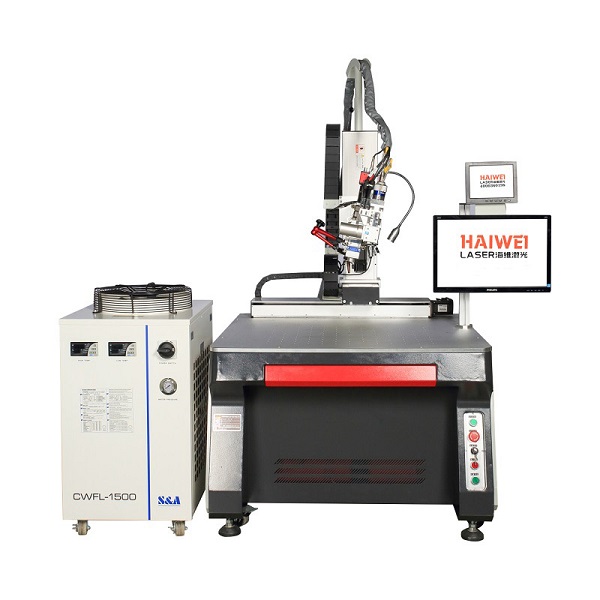Laser Welding of Copper: Practical Insights for Brass and Pure Copper Applications
Welding copper and its alloys has always presented challenges due to high thermal conductivity and reflectivity. Laser welding machines are increasingly used for joining pure copper and brass components, offering better control and consistency than traditional methods.

Why Copper Is Difficult to Weld
Pure copper conducts heat quickly, which means the laser must deliver sufficient energy density in a short time to form a stable melt pool. If the power or focus is off, the result can be incomplete fusion or inconsistent bead formation. High reflectivity, especially at lower wavelengths, also increases the risk of back-reflections damaging the laser source.
Modern fiber laser welding machines (typically 1μm wavelength) handle this better than older types, especially when using high-brightness lasers and precise beam control.
Brass Requires Different Considerations
Brass, an alloy of copper and zinc, introduces another factor: zinc evaporation. At high temperatures, zinc can vaporize rapidly, leading to porosity or spatter. To manage this, lower peak power, pulsed waveforms, and optimized shielding gas (often argon or nitrogen-argon mix) help stabilize the process.
Applications and Process Stability
These techniques are used in electrical connectors, heat exchangers, sensor housings, and decorative fixtures. For consistent results, joint fit-up and surface cleanliness are critical—especially on pure copper, which oxidizes quickly.
What Buyers Should Know
When selecting a laser welding machine for copper or brass, look for:
High beam quality and adjustable pulse shaping
Real-time monitoring for process feedback
Reliable protection against back-reflections
Support for fine-tuning parameters for different copper alloys
Haiwei Laser offers laser welding machines designed for stable processing of highly reflective materials, with practical support for setup and parameter development in real production environments.
Recent Posts
- What are the advantages of laser welding machines in lithium battery pack production lines?
- What issues should be noted when choosing a lithium battery pack production line?
- Quality Inspection and Control of Lithium Battery Module Pack Production Line
- Cell grouping and sorting process in lithium battery module pack production line
- What are the safety hazards of lithium battery pack production lines and how can they be prevented?
INQUIRY

